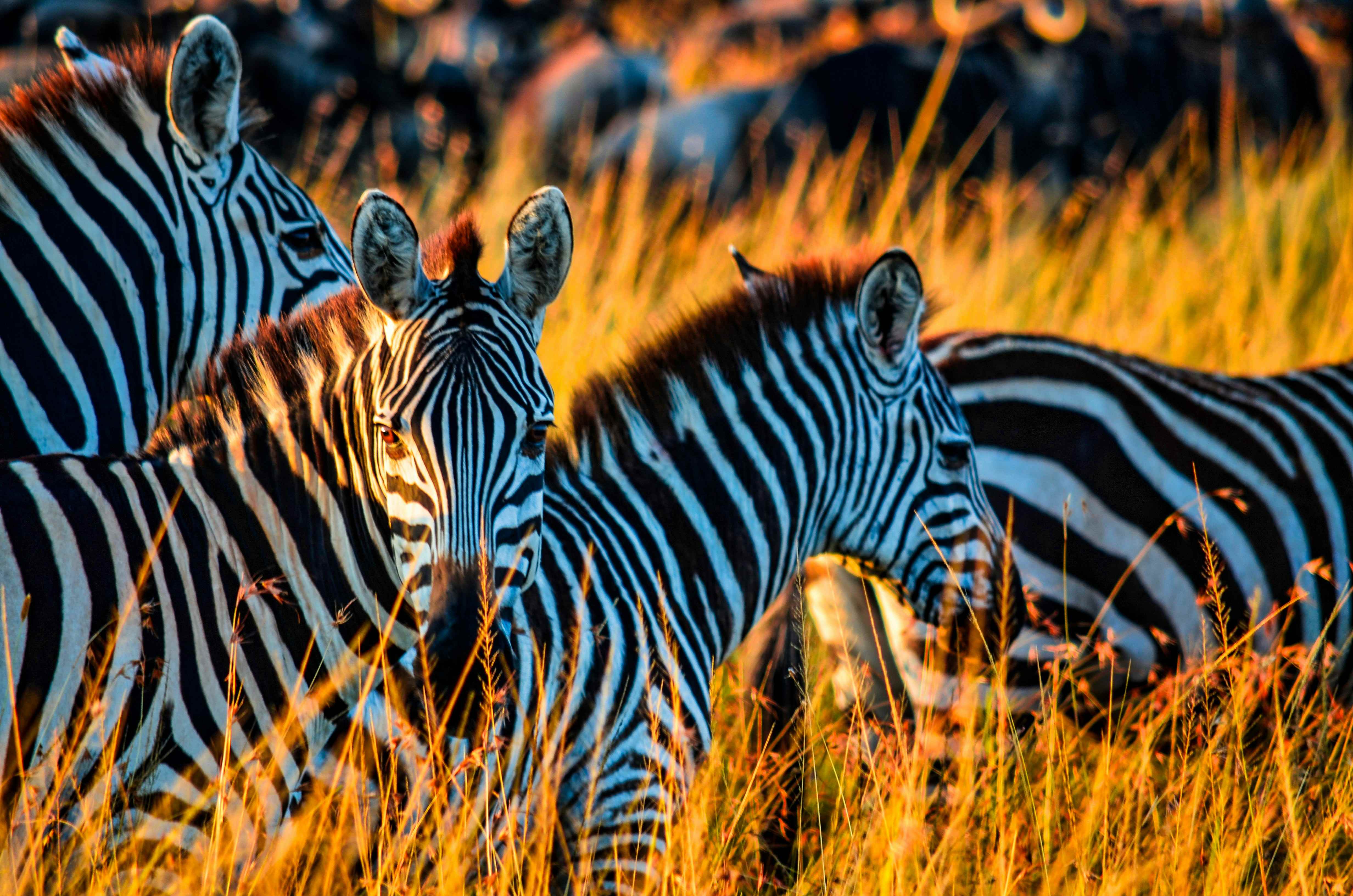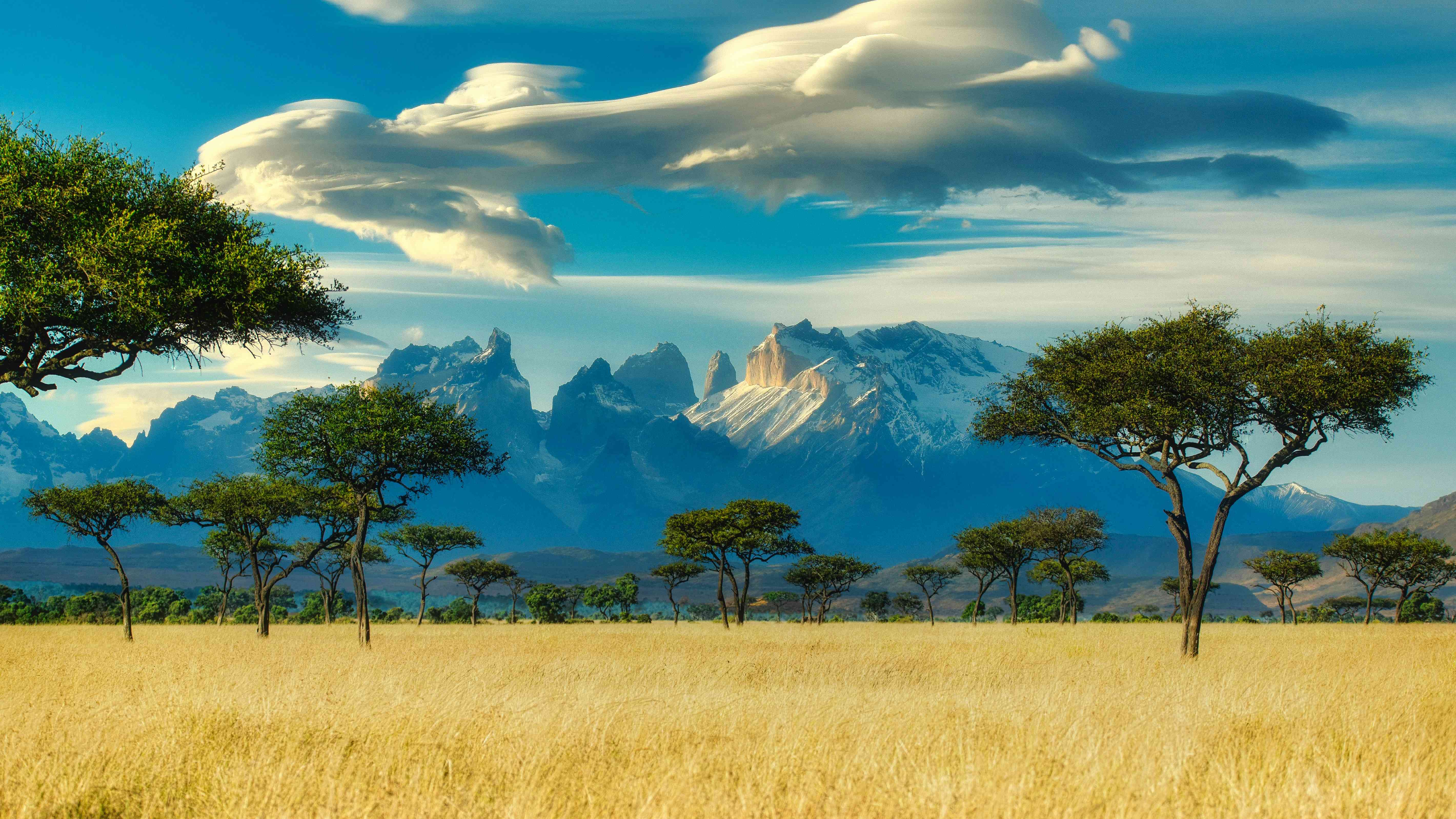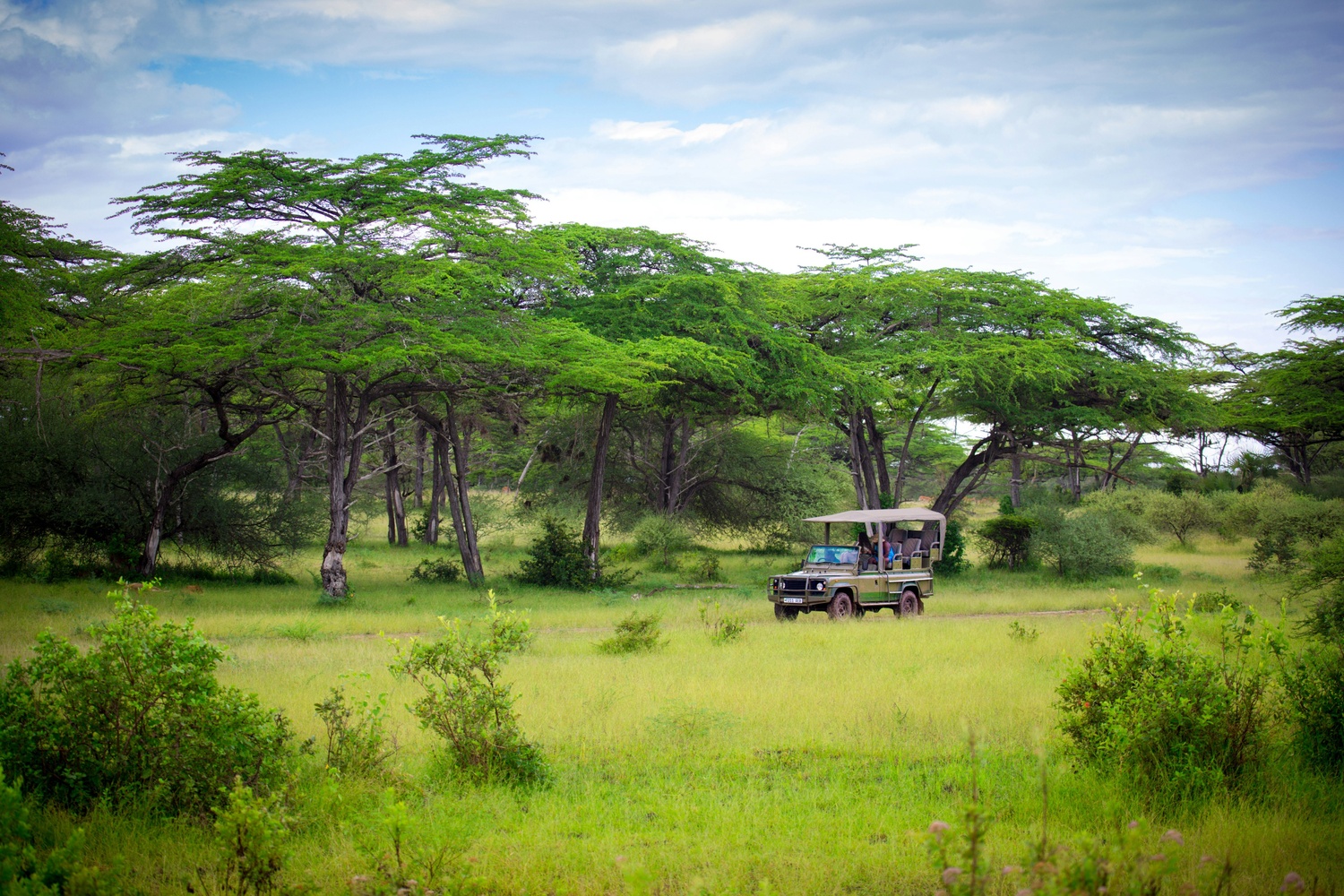Beyond the Savannahs - Historical Sites to Visit in Kenya
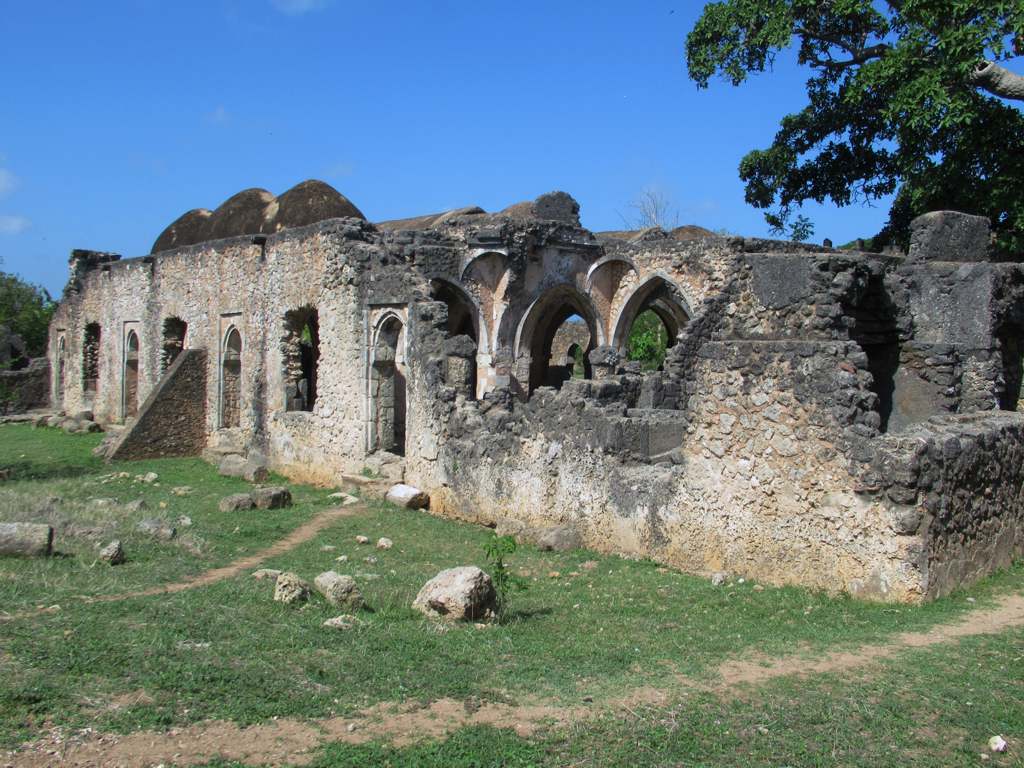
Stereotypes tend to neglect hidden marvels in the world of travel. Kenya’s game drives is popular for a lot of the right, fun reasons and usually takes the spotlight. Here’s a list of popular historical destinations within Kenya that are worth exploring and tend be overlooked.
The Ruins of Gede
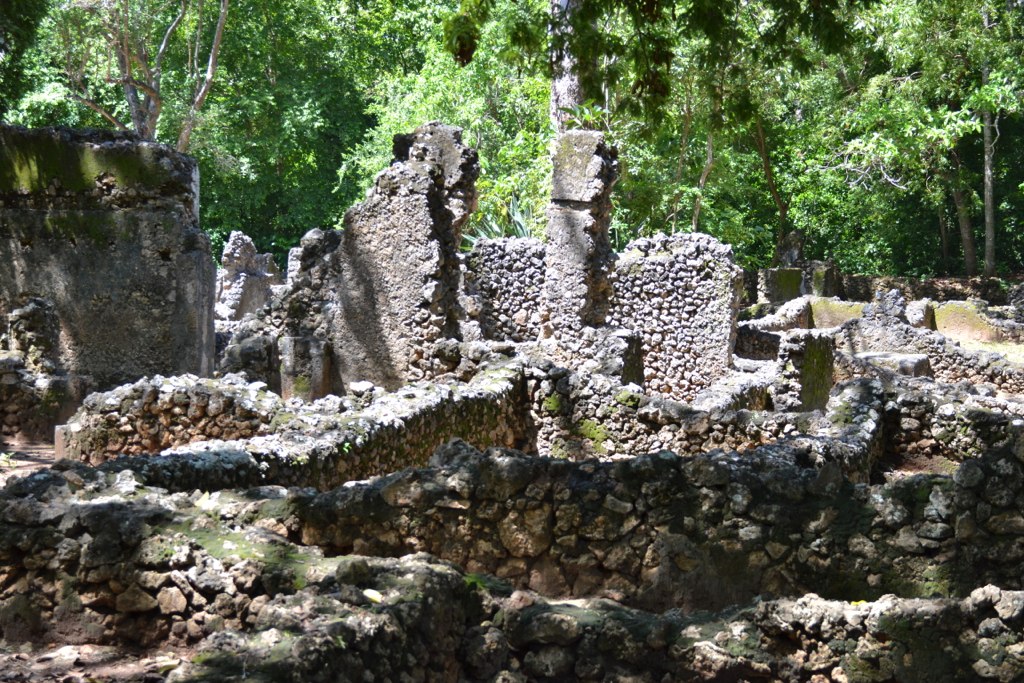 Gede Ruins are buried deep in the Arabuko-Sokoke Forest near Watamu, a popular beach destination in Kenya. These ruins are the remains of a medieval Swahili town that was once booming with trade and activity sometime in history (precisely in the 12th to 16th century). Here, you can look forward to seeing a Sheikh’s palace, ancient mosques that have a coral stone structure, and graves that have Arabic written in them.
Gede Ruins are buried deep in the Arabuko-Sokoke Forest near Watamu, a popular beach destination in Kenya. These ruins are the remains of a medieval Swahili town that was once booming with trade and activity sometime in history (precisely in the 12th to 16th century). Here, you can look forward to seeing a Sheikh’s palace, ancient mosques that have a coral stone structure, and graves that have Arabic written in them.
How do we know that this town was thriving with trading activity? Well, because when this land was dug for research, they found valuable objects such as Chinese Ming ceramics, Venetian glass, and Islamic pottery. This shows that Gede had business relationships with cultures all around the world.
It is also worth noting that, according to a local legend, there are guardian spirits who hide amongst these broken remnants and they help to protect this archaeological mystery that is associated with a rich, historical past.
Fort Jesus
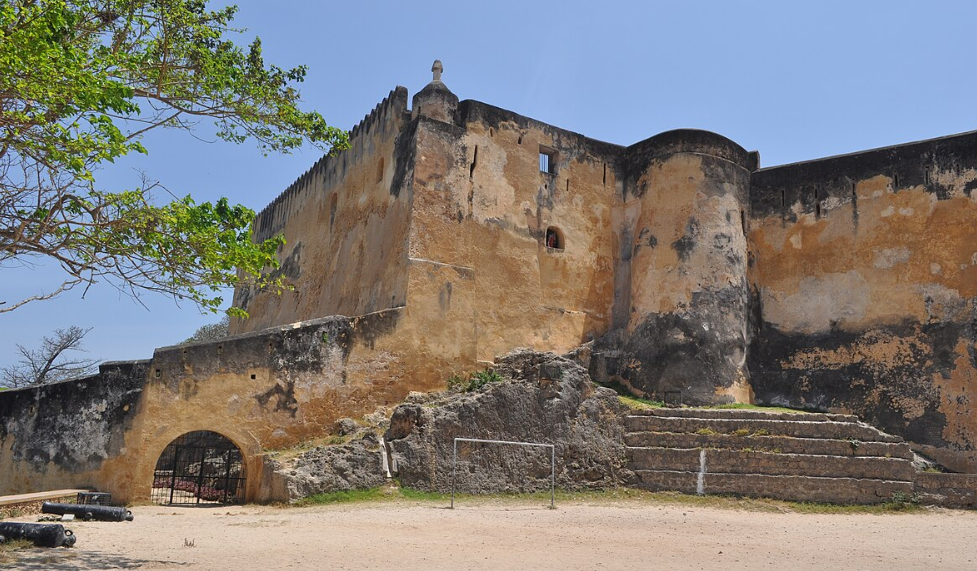 Imagine what an incredible feat it would be for a person to be the leading military architect for two significant, global empires such as the Portuguese and Spanish. It is none other than Giovanni Battista Cairati, an Italian architect who was the man behind the idea of Fort Jesus, that is located in The Old Town of Mombasa. It was built by the Portuguese in order to protect the port.
Imagine what an incredible feat it would be for a person to be the leading military architect for two significant, global empires such as the Portuguese and Spanish. It is none other than Giovanni Battista Cairati, an Italian architect who was the man behind the idea of Fort Jesus, that is located in The Old Town of Mombasa. It was built by the Portuguese in order to protect the port.
What’s fascinating about this fort is that despite the fact that it was a location where battles took place for centuries and it was occupied by the British, Arabs, Swahilis and the Portuguese, it still survives to this day. This alone makes it one of the best-preserved works of the 16th century.
In terms of architectural beauty, you can expect to see not just the influence of the Renaissance era but also a combination of influences from different cultures such as, African, Arab, Portuguese, Turkish, and British and it covers a distance of 23,600 sq meters. Exhibition halls within the fort also display antique objects from these cultures.
The Pillar of Vasco Da Gama
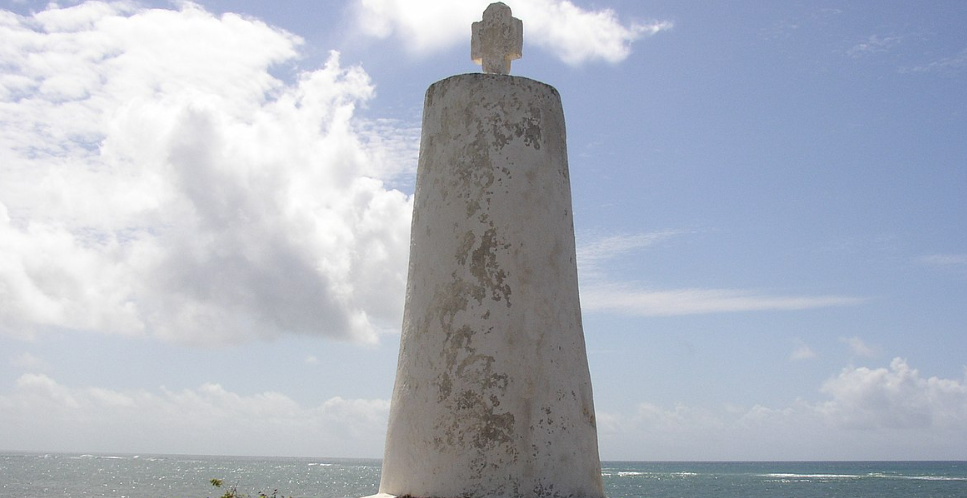 Malindi is known as coastal beauty with its serene blue waters and white shores, but in the distance, you will notice a vertical concrete pillar with a cross or Padrão. The original pillar was getting eroded, and that’s why Captain Malcolm of HMS Briton, who was in charge of the survey of Malindi in the year 1873, made the decision to build a protective cover for it. In addition to this, there are sea walls to help prevent it from deteriorating further.
Malindi is known as coastal beauty with its serene blue waters and white shores, but in the distance, you will notice a vertical concrete pillar with a cross or Padrão. The original pillar was getting eroded, and that’s why Captain Malcolm of HMS Briton, who was in charge of the survey of Malindi in the year 1873, made the decision to build a protective cover for it. In addition to this, there are sea walls to help prevent it from deteriorating further.
This pillar is a testament to the maritime exploration of the late 15th to the early 16th centuries and the relationships between the Portuguese and the then Sultan known as Majid bin Said of Zanzibar.
The pillar is named after the Portuguese explorer, and it is the oldest European monument in the African continent. It was actually taken down the first time because it had the Christian Coat of Arms; however, due to the Portuguese community that had developed and established themselves within the trading port of Malindi, the Sultan had approved for it to be set up.
Lamu Old Town
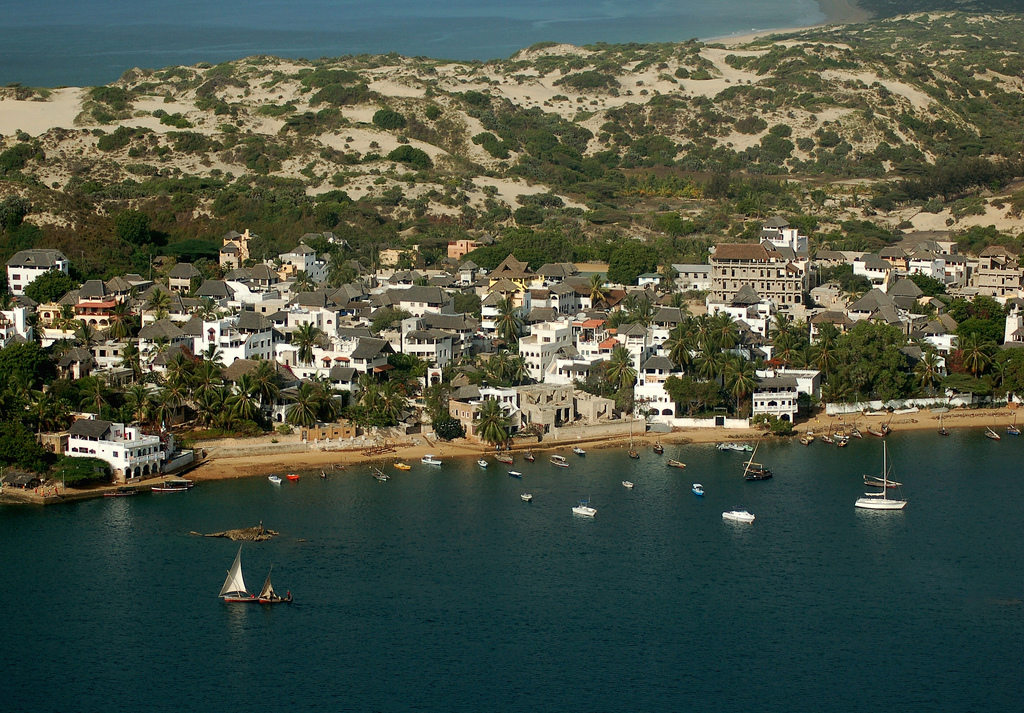 If you want to end your safari trip with a relaxing day, then you may want to consider adding Lamu Old Town to your itinerary. It is located on Lamu Island and it is a UNESCO World Heritage Site, the only cultural landscape in Kenya to be listed on the same.
If you want to end your safari trip with a relaxing day, then you may want to consider adding Lamu Old Town to your itinerary. It is located on Lamu Island and it is a UNESCO World Heritage Site, the only cultural landscape in Kenya to be listed on the same.
Its narrow-curved streets, ancient coral-stone houses with embellished doors, reflect the 700-year history and rich Swahili culture. The white structures on the island could remind you of Santorini, Greece; however, the town's architecture consists of Swahili, Arabic, Persian, Indian, as well as European elements.
If you wish to visit this island in Kenya from 30th November to 2nd December, then you can be a spectator to Dhow races, Henna painting, Donkey races, traditional Bao competitions, and the exhibition of different Swahili foods due to the celebration of the island’s annual cultural festival.
Safaris are fun and they really are the memorable part of a trip to Kenya. However, if you want to truly appreciate the historical and cultural landscape of the country, these locations have guided tours that will add to your overall experience within the savannah. You can check out these travel plans and prepare for future safari journeys combined with historical ventures.

